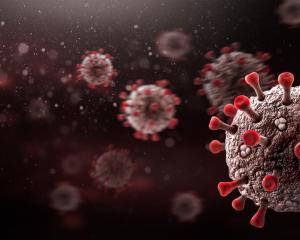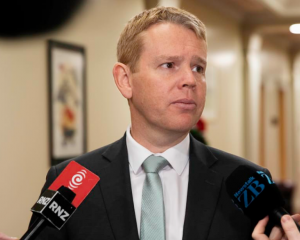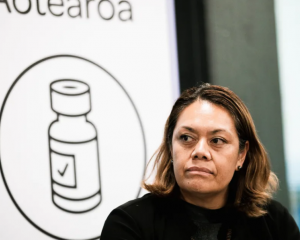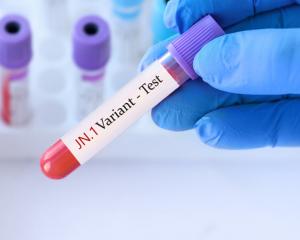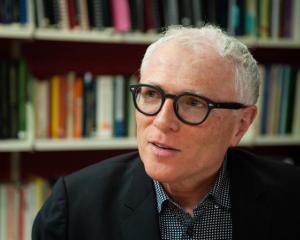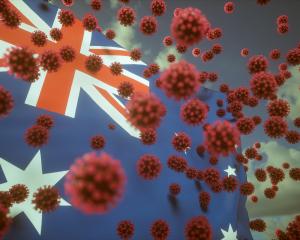
University of Otago Centre for International Health co-director Philip Hill said most infectious diseases had a weakness, an Achilles heel.
‘‘If we don’t have a drug or a vaccine for Covid-19, is there something else we can do to beat it?’’ Prof Hill asked.
Health Minister David Clark announced the Government is putting more than $40million immediately into public health, ‘‘with a strong emphasis on contact tracing”.
Testing had also played a key role in the success which some Asian countries had had in combating the disease spread, he said.
‘‘Dunedin now has a three-hour turnaround [for testing results]’’.
‘‘That’s awesome,’’ he said.
Prof Hill said the use of rapid case contact management had been ‘‘the simple common factor’’ in Asian success against Covid-19, including in China.
Some people had estimated that, without any intervention, 50% of China’s 1.4 billion population might have caught Covid-19.
That meant that if a 1% case fatality ratio was used, the expected number of deaths would have been seven million.
Instead, despite the absence of any effective drug or vaccine, fewer than 3500 deaths had been reported across 1.4 billion people.
Prof Hill had been helped in his research by Associate Prof James Ussher, of the Otago microbiology and immunology department.
Rapid case contact management was simply early diagnosis of as many cases as possible and early isolation of all their contacts.
Influenza pandemic plans used contact management early and then moved to case diagnosis and management only — abandoning contact tracing and isolation — soon after community transmission of the virus had been established.
‘‘Evidence from Asia and the particular properties of the Covid-19 virus suggest that this would be disastrous for New Zealand,’’ Prof Hill said.
New Zealand had some of the world’s best public health practitioners, who did case contact management of infectious diseases all the time, and were doing a ‘‘fantastic job’’ on Covid-19.
What was required, apart from increasing capacity to diagnose Covid-19, was ‘‘an urgent large expansion of our case contact management workforce’’.
This workforce could be expanded in various ways, including very fast (1-2 days) training of people for this task, under supervision, ‘‘including possibly our own nursing and medical students’’.
Such a plan should be activated now, ‘‘before our current workforce becomes overwhelmed’’, he said.
Evidence suggested this coronavirus was different from the Sars coronavirus in having peak transmissibility very early after the development of symptoms, Prof Hill said.
By contrast, the Sars virus did not reach its peak for several days after symptoms developed.
This meant that a strategy limited to just diagnosing cases left it too late to stop ongoing transmission of the Covid-19 virus.
However, it was not as efficient a pathogen as influenza in the time it took to cause disease, taking an average of five or six days to start causing symptoms.
This meant that there is a bigger chance to find all the contacts of the case and isolate them.
These two key properties could explain why rapid contact management was ‘‘such a powerful tool’’ to combat Covid-19, he said.



